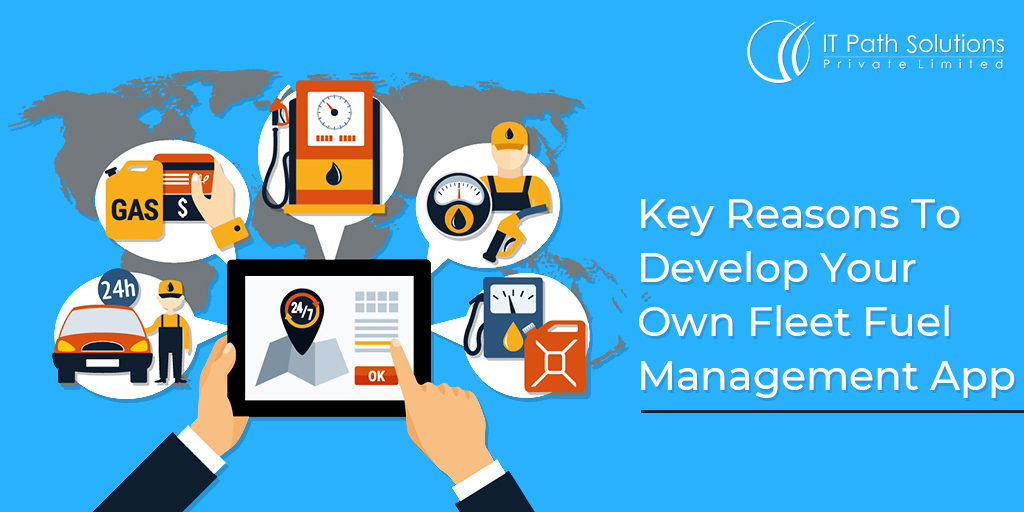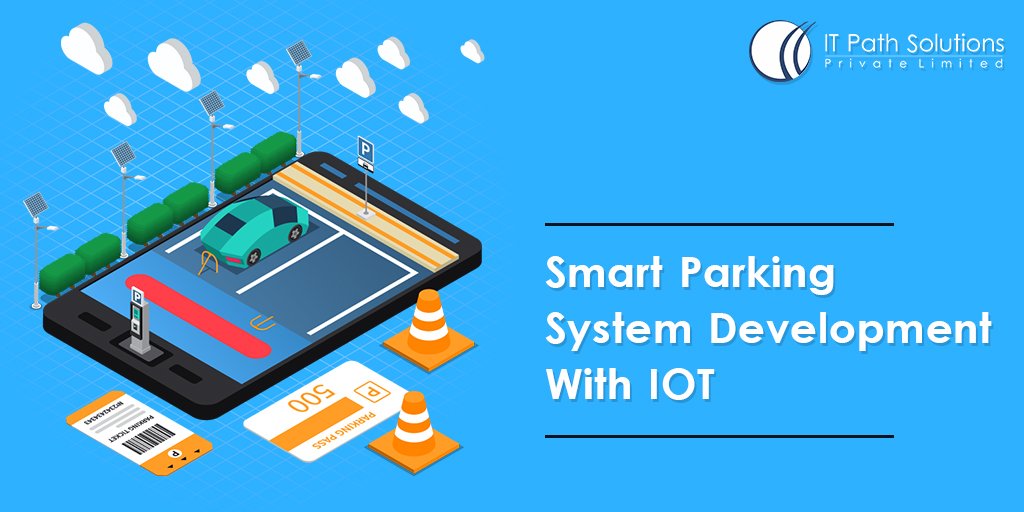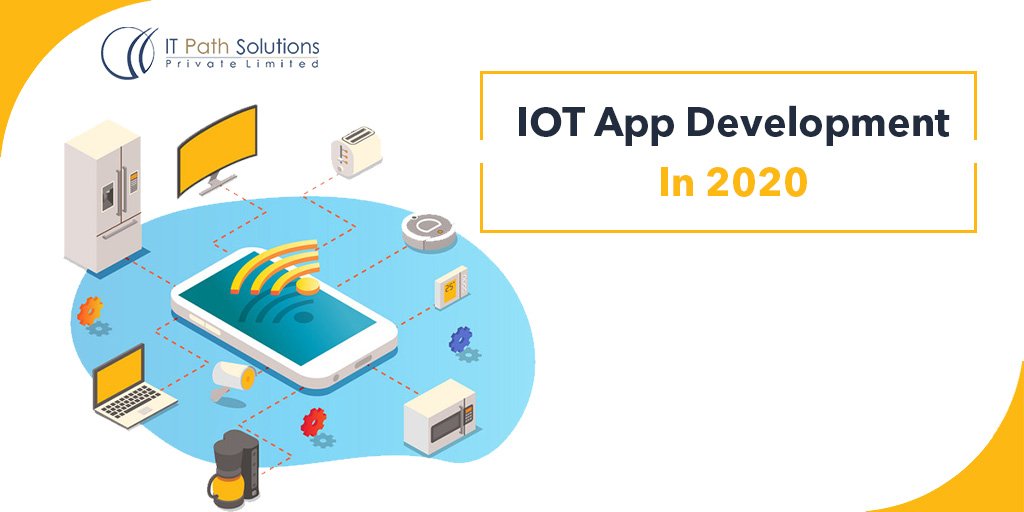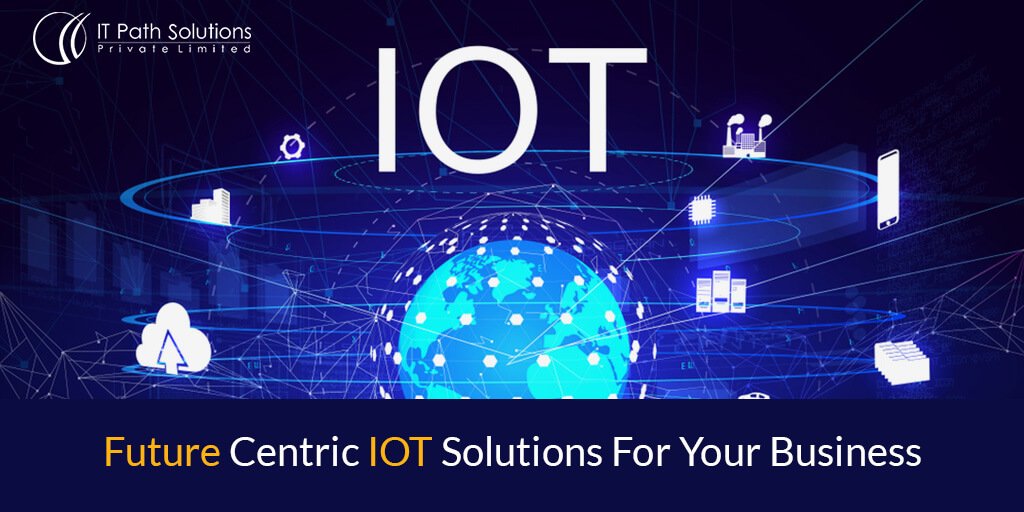A Game-Changer For The Farming Industry: IoT in Crop Health Monitoring
IOT app development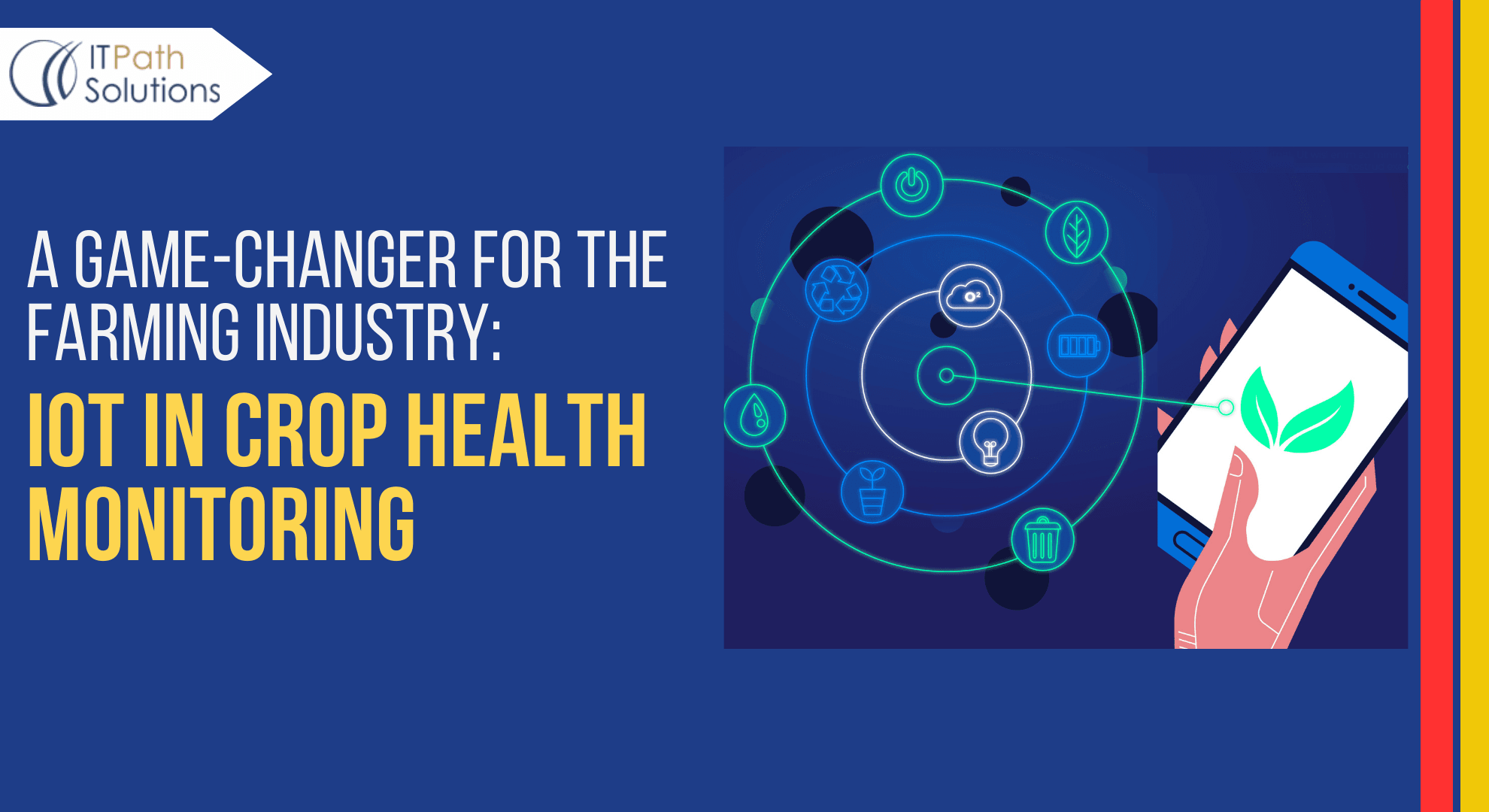
In the world of agriculture, where the health and productivity of crops are paramount, the integration of cutting-edge technology has led to significant advancements in monitoring and managing crop health. One such technology that has emerged as a game-changer is the Internet of Things (IoT). The Internet of Things (IoT) has revolutionized the way we live and work, and it is now making a significant impact on agriculture. IoT solutions are being used to monitor crop health, which is critical for ensuring high yields and reducing losses due to pests, diseases, and other factors. In this blog post, we will explore the impact of IoT solutions and how IoT Is Transforming on crop health monitoring in 2024.
The Evolution of Crop Health Monitoring
Traditionally, farmers have relied on manual observation and labor-intensive methods to assess the health of their crops. However, these methods are often time-consuming, subjective, and prone to human error. With the advent of IoT technology, farmers now have access to real-time data and insights that enable them to make more informed decisions and optimize their farming practices.
IoT solutions for crop health monitoring involve the use of sensors, drones, and other devices to collect data on various aspects of crop growth and health. This data is then analyzed using machine learning algorithms to identify patterns and anomalies that can indicate potential problems. Farmers can use this information to take proactive measures to prevent crop damage and improve yields.
Market Size of IoT in Agriculture
The global IOT in agriculture market Size was valued at $27.1 billion in 2021 and is projected to reach $84.5 billion by 2031, growing at a CAGR of 12.6% from 2022 to 2031.
How IoT is Transforming Crop Health Monitoring
The integration of IoT (Internet of Things) technology is revolutionizing the agricultural landscape, particularly in the realm of crop health monitoring. IoT solutions are reshaping crop health monitoring by providing a comprehensive and dynamic understanding of plant conditions. Through continuous data collection and analysis, farmers can identify early signs of stress, diseases, or nutrient deficiencies, allowing for timely intervention and improved yield. Moreover, the ability to remotely monitor and control environmental factors such as irrigation and lighting further enhances operational efficiency and resource utilization. The advent of IoT solutions has ushered in a new era for crop health monitoring, offering a potent combination of real-time insights, predictive capabilities, and sustainable practices. As this technology continues to evolve, its transformative impact on agriculture is poised to drive greater efficiency, resilience, and productivity across diverse farming operations.
What are the benefits of using IoT solutions for crop health monitoring
IoT solutions for crop health monitoring offer numerous benefits to the farming sector, including:
- Real-time Crop Health Monitoring: IoT sensors and drones enable farmers to monitor crop health in real-time, allowing them to detect problems early and take prompt action.

IoT device provide valuable insights about the crop health monitoring
- Effective and Informed Decision-Making: IoT data provides farmers with valuable insights, enabling them to make informed decisions about crop management and resource allocation.
- Visualized Report Generation: IoT solutions generate detailed reports that help farmers analyze crop health and make data-driven decisions.
- Geofencing: IoT technology allows farmers to set geofences around their fields, enabling them to receive alerts when crops or livestock enter or leave specific areas.
- Customizable Solutions: IoT solutions can be tailored to meet the specific needs of individual farms, ensuring that farmers receive the most relevant data and insights.
- Share Reports with Concerned Authorities: IoT solutions enable farmers to share reports with relevant authorities, such as government agencies or cooperatives, to improve collaboration and knowledge sharing.
- Wired and Battery-based Solutions: IoT solutions can be powered by wired or battery-based systems, providing flexibility and convenience for farmers.
- Instant SMS Alerts: IoT solutions can send instant SMS alerts to farmers, enabling them to take prompt action in response to crop health issues.
- Reduced Labor and High Costs: IoT solutions automate many aspects of crop management, reducing the need for manual labor and lowering overall costs.
- Improved Production Control: It help farmers achieve higher crop quality by optimizing fertilizer and pesticide use, soil moisture levels, and other factors.
- Lower Production Risk: IoT solutions enable farmers to control the process of growing crops or raising livestock from the very beginning, reducing the risk of crop failure and improving overall productivity.
- Intelligent Data Collection: It’s make it easier to collect and process data, providing farmers with valuable insights into crop health, soil composition, and other factors.
- Waste Reduction: It help farmers save crops by detecting infections, infestations, or insect damage at an early stage, reducing waste and improving resource use.
- Reduction in Operation Costs: IoT solutions optimize fertilizer and crop protection costs by introducing only the right amount of inputs into the soil.
- Improvement in Environmental Impact: IoT solutions help farmers use land more rationally, improve soil quality, and save water by using only the amount needed with smart irrigation systems.
- Competitive Advantage: IoT technologies enable farmers to stay one step ahead of their competitors by providing them with a higher quality crop and more efficient farming practices.
- Better Livestock Management: IoT solutions provide real-time insights into the health, location, and behavior of animals, enabling farmers to improve livestock management and reduce costs.
- Sustainable Farming Practices: IoT solutions encourage sustainable farming practices by promoting efficient resource management, including water, fertilizers, and pesticides.
- Enhanced Product Quality and Safety: It provide traceability in supply chains, enhancing product quality and safety, and meeting market demands.
Automated Machinery and Robotics: IoT-driven automation is transforming farm machinery into intelligent, interconnected systems, enhancing the overall productivity of farming operations.
Future Outlook and Challenges for IoT Solutions on Crop Health Monitoring
IoT solutions for crop health monitoring are transforming agriculture, offering numerous benefits such as improved crop quality, reduced resource consumption, and increased productivity. However, there are also challenges that need to be addressed to ensure widespread adoption and maximize the benefits of IoT in this field.
Key Takeaways
- IoT-driven greenhouse monitoring is revolutionizing agriculture by enabling real-time data collection, precision resource management, early disease detection, enhanced energy efficiency, and more.
- IoT solutions can help farmers optimize crop health monitoring, reduce labor costs, and improve overall efficiency and sustainability in agriculture.
- Challenges include data security, cost, and interoperability.
Challenges
- Data security: IoT devices generate large amounts of data, which can be vulnerable to cyberattacks and data breaches.
- Cost: IoT solutions can be expensive, making them less accessible to small-scale farmers and those in developing regions.
- Interoperability: Ensuring compatibility and interoperability between different devices and platforms is crucial to allow farmers to benefit from IoT solutions.
- Data analysis: Analyzing large amounts of data generated by IoT devices can be challenging, requiring specialized skills and tools.
- Scalability: IoT solutions need to be scalable to meet the growing demand for food and resources.
Opportunities
- Standardization efforts: Developing standards for IoT devices and solutions can help ensure compatibility and interoperability between different devices and platforms.
- Affordability: Making IoT solutions more affordable and accessible to all farmers, regardless of their scale of operation, can help drive widespread adoption.
- Collaboration: Collaborating with other stakeholders, such as technology companies, government agencies, and research institutions, can help address challenges and drive innovation in IoT solutions for crop health monitoring.
- Education and training: Providing education and training to farmers on how to use IoT solutions can help them make informed decisions and improve their farming practices.
Tech stack for Developing IoT Solution For Crop Health Monitoring
To develop an Internet of Things (IoT) solution for crop health monitoring, you can consider the following technology stack based on current industry practices and popular tools. This tech stack will help in collecting data from sensors, processing it, and providing insights to improve crop management and yield.
Hardware:
- Sensors: Temperature, humidity, soil moisture, CO₂, light intensity, etc.
- Gateways or edge devices: Raspberry Pi, Arduino Yun, ESP8266, etc., to connect sensors with cloud services
- Actuators (optional): Irrigation systems, LED lights, etc., to control environmental conditions
- Communication module: Allows the IoT device to transmit data to the cloud. Options include: Wi-Fi Bluetooth LoRaWAN NB-IoT or other cellular technologies.
Cloud Services:
- Cloud Platforms: AWS IoT Core, Azure IoT Hub, Google Cloud PubSub, IBM Watson IoT, etc., to manage device connections, store data, and provide scalability
- Data Storage: Amazon DynamoDB, Azure Cosmos DB, Google BigQuery, NoSQL databases like MongoDB or Cassandra, SQL databases like MySQL or PostgreSQL, etc., to store sensor data
- Stream Processing: Apache Kafka, AWS Kinesis, Azure Event Grid, etc., to process real-time data streams
Data Analysis & Visualization:
- Machine Learning Frameworks: TensorFlow, PyTorch, scikit-learn, etc., to train models that predict plant diseases, pests, and nutrient deficiencies
- Data Science Libraries: NumPy, Pandas, Matplotlib, Seaborn, etc., for exploratory analysis and visualizations
- Business Intelligence Tools: Tableau, Power BI, Looker, etc., to create interactive dashboards and reports
Application Development:
- Programming languages: Python, JavaScript, TypeScript, Java, etc., depending on your preferred development environment
- Frontend frameworks: React, Angular, Vue.js, Flutter, etc., for building user interfaces
- Mobile app development: using Swift for iOS or Kotlin/Java for Android
- Backend frameworks: Express.js, FastAPI, Spring Boot, Django, etc., for developing APIs and backend logic.
How Can IT Path Solutions Help You Achieve Agriculture Mobility?
We offers agriculture mobility solutions aimed at helping farmers achieve greater efficiency, productivity, and sustainability. By leveraging technologies such as IoT, mobile apps, and cloud computing, we helps farmers implement crop tracking apps, livestock monitoring systems, and expert advice apps. These solutions aim to improve crop production, provide timely updates on weather patterns, and facilitate marketplace farming services. Our App developers capabilities extend to cross-platform app development, ensuring compatibility with Android and iOS devices, and they employ agile methodologies to meet customer needs efficiently. Our commitment to innovation and collaboration makes a strong partner for those seeking to integrate cutting-edge technology into their farming operations.
We offers a rich pool of talent for developing, implementing, and managing sophisticated IoT solutions. By hiring our IoT app developers, agricultural stakeholders can access cutting-edge innovations, cost-effective solutions, and tailored services that are crucial for harnessing the full potential of IoT in crop health monitoring.
 Healthcare
Healthcare  Education
Education  Real Estate
Real Estate  Logistic
Logistic  Fitness
Fitness  Tourism
Tourism  Travel
Travel  Banking
Banking  Media
Media  E-commerce
E-commerce  Themes
Themes
 Plugins
Plugins
 Patterns
Patterns
